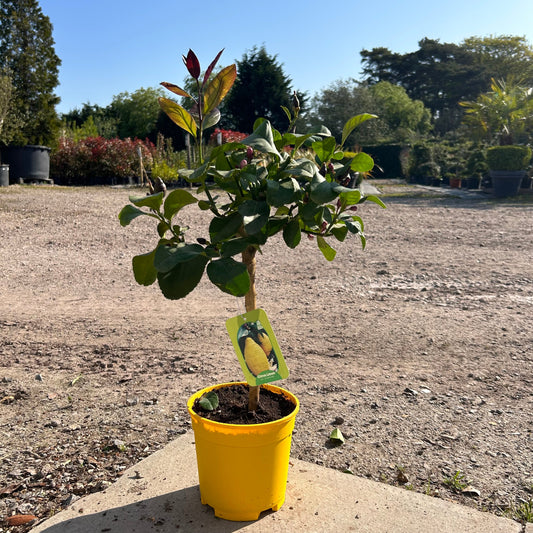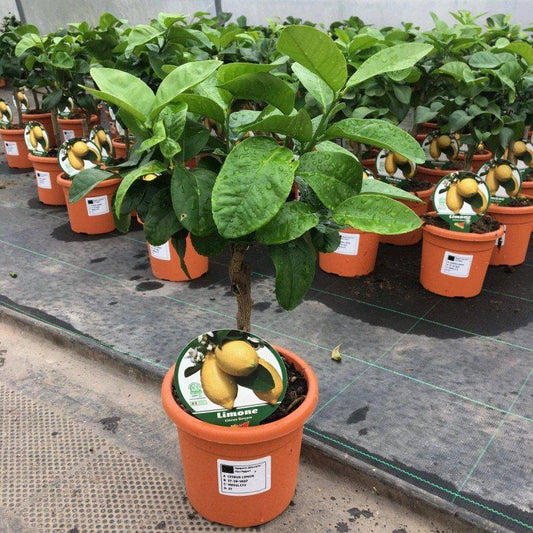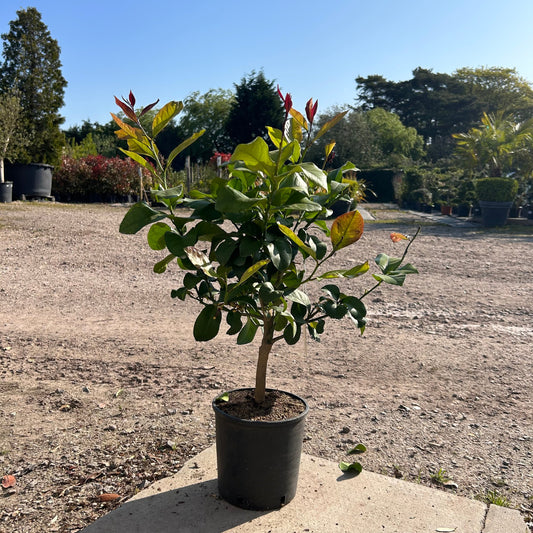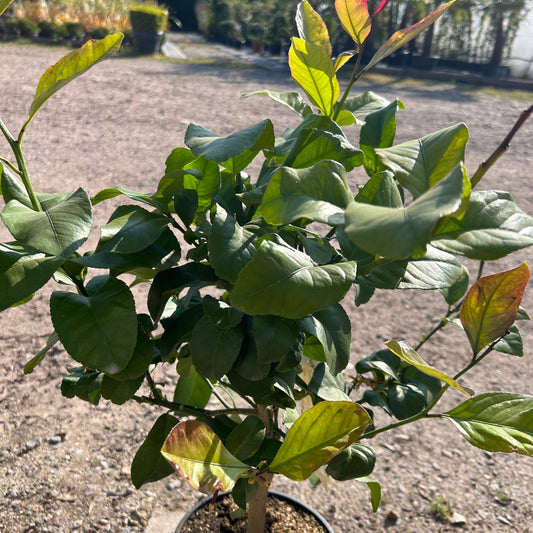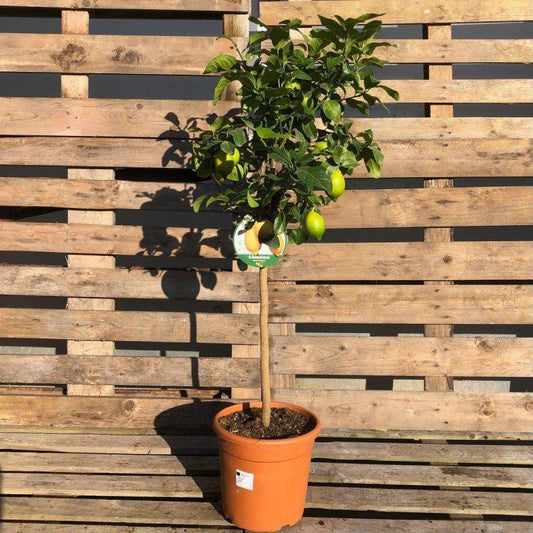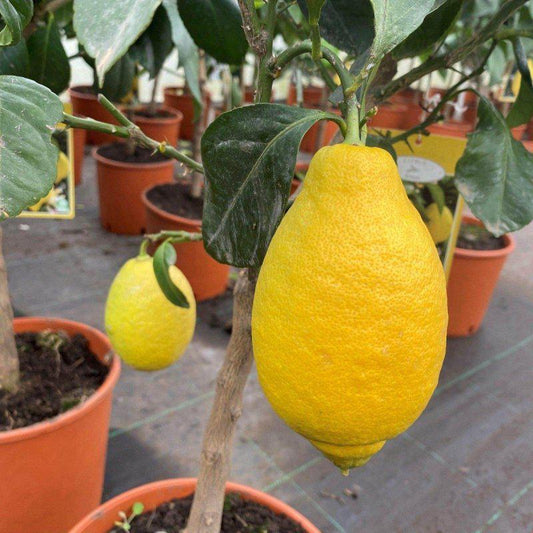Festuca Glauca Care Guide – How to Grow Blue Fescue in the UK 2025
🌾 Botanical Name: Festuca glauca
🌾 Common Name: Blue Fescue, Festuca
🌾 Ideal for: Gravel gardens, containers, rockeries, borders
🌾 Hardiness: Fully hardy in the UK
Introduction to Festuca Glauca
Festuca glauca is a compact, clump-forming ornamental grass admired for its fine, spiky blue-grey foliage that brings texture and cool-toned contrast to beds, borders, and containers. This low-maintenance, drought-tolerant grass stays evergreen in mild winters and offers year-round interest in the garden.
Its neat dome shape and steel-blue tones make it ideal for modern schemes, Mediterranean gardens, or alongside silver-leafed and drought-tolerant plants. It’s also excellent for ground cover or edging in dry, sunny spots.
🌿 Add a splash of colour and movement to your garden – Shop Festuca glauca at Web Garden Centre.
Best Growing Conditions for Festuca
Light Requirements
☀️ Prefers full sun for the best blue colour
☀️ Can tolerate light shade but foliage may green up slightly
Soil Requirements
🌱 Requires well-drained soil – dry, sandy or gritty soils are ideal
🌱 Avoid heavy or waterlogged soil
🌱 Tolerates poor or stony soils well
📌 Tip: Excellent for gravel or alpine-style planting schemes.
Planting Festuca Glauca
1️⃣ Space plants 30cm apart for mass planting
2️⃣ Dig a hole slightly larger than the rootball and incorporate grit if drainage is poor
3️⃣ Plant at the same level as in the pot and water in well
4️⃣ Mulch with gravel for an attractive finish and weed suppression
📌 In containers: Use a free-draining compost mix – combine loam-based compost with added grit or sand.
Watering & Feeding
Watering Tips
💧 Water occasionally until established
💧 Once settled, Festuca is highly drought-tolerant
💧 Overwatering can lead to rot – ensure excellent drainage
Feeding Tips
🌾 Minimal feeding required – too much fertiliser reduces blue colouring
🌾 Add a light compost mulch in spring if needed
Pruning & Maintenance
✂️ In late winter or early spring, comb through the clump by hand or with a rake to remove dead blades
✂️ Cut back older foliage if the clump becomes scruffy
✂️ Divide every 2–3 years in spring to rejuvenate and prevent centre dieback
📌 Tip: Trim only the dry or faded foliage – healthy blades should stay intact.
Winter Care for Festuca Glauca
Festuca is generally evergreen, especially in mild winters.
❄️ No special protection needed in the UK
❄️ Avoid winter wet by improving drainage in heavy soils or lifting pots
❄️ Tidy up dead foliage before new growth begins in spring
FAQs About Festuca Glauca
1. Is Festuca glauca evergreen?
Yes – it’s semi-evergreen to evergreen, depending on the severity of winter.
2. Can I grow Festuca in pots?
Absolutely – it’s perfect for containers with good drainage and minimal care needs.
3. How tall and wide does Festuca get?
It typically grows 25–30cm high and 30–40cm wide, forming neat tufts.
4. Does it spread or stay clumped?
Festuca forms dense, tidy clumps and doesn’t spread aggressively.
5. How do I keep the blue colour strong?
Grow in full sun, avoid overfeeding, and divide regularly to refresh the foliage.
6. Is Festuca drought tolerant?
Yes – once established, it’s extremely resilient in dry conditions.
7. Can I plant Festuca with lavender or rosemary?
Definitely – it pairs beautifully with other Mediterranean or drought-tolerant plants.
8. Will Festuca grow in clay soil?
Only if the drainage is improved – mix in grit and plant slightly raised.
9. How often should I divide Festuca?
Every 2 to 3 years in spring is ideal to maintain its shape and vigour.
10. Where can I buy Festuca glauca in the UK?
Find top-quality plants now at Web Garden Centre – Shop Festuca glauca.
Final Thoughts on Growing Festuca
Festuca glauca is a fantastic choice for gardeners looking to create low-maintenance, drought-tolerant, and contemporary planting schemes. Its spiky blue foliage adds year-round interest, especially in sunny borders and containers.
🌾 Brighten your garden with cool-toned texture – order Festuca glauca today from Web Garden Centre.


